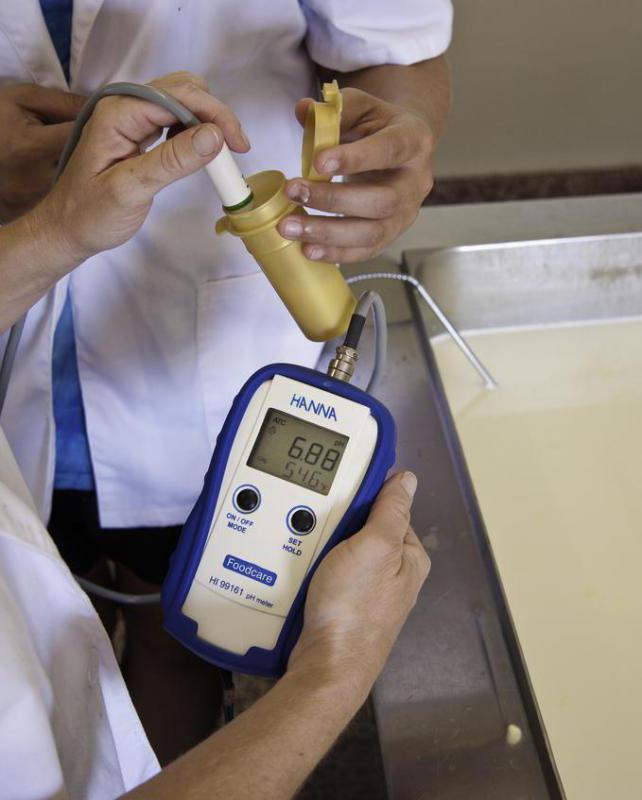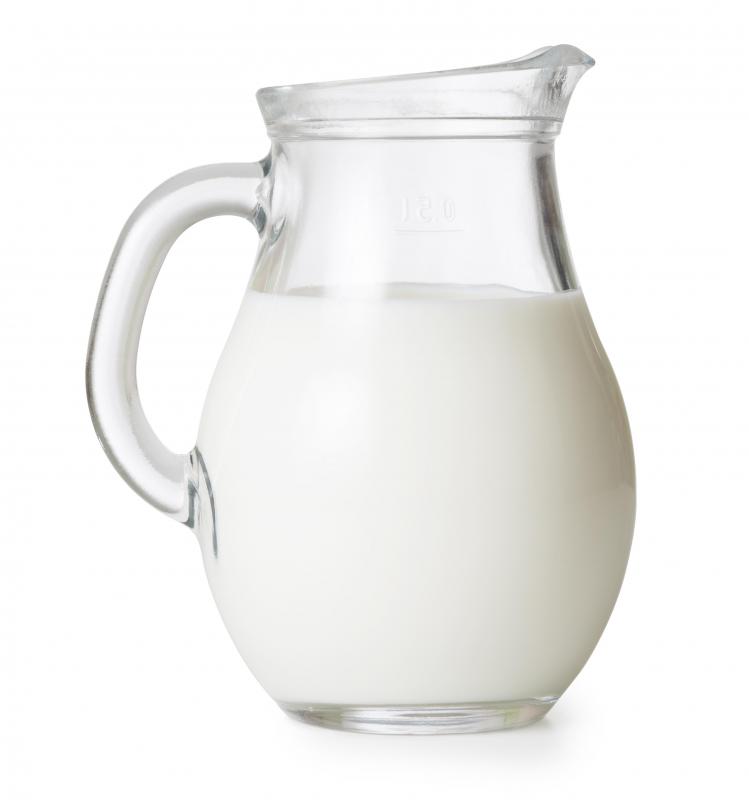At WiseGEEK, we're committed to delivering accurate, trustworthy information. Our expert-authored content is rigorously fact-checked and sourced from credible authorities. Discover how we uphold the highest standards in providing you with reliable knowledge.
What are the Different Types of HACCP Procedures?
The U.S. Food and Drug Administration's Hazard Analysis and Critical Control Points (HACCP) system oversees the levels of food safety from raw materials to the final product. Procedures govern everything from the care of newly harvested crops to the storage of raw materials. There are different procedures for most processes, especially in the dairy, seafood, and juice industries, as well as in retail food service.
Within the dairy industry, HACCP procedures outline the proper methods for pasteurizing milk, from maintaining equipment to how to examine the milk for foreign bodies that may make it hazardous to drink. Procedures define everything from the cleanliness of the milking barn to the health of the cow in order to prevent contamination from outside sources. Other guidelines indicate how milk must be stored in order to be kept fresh; all of these processes are meant to keep milk and milk products free of bacteria and infection.

Other types of HACCP procedures govern the processes of the seafood industry. Some of the most important of these guidelines tell fishermen and fisheries agencies what pathogens, metals, and minerals should not be present in the fish or in the water where the fish is caught and how to test for these. Others regulate possible parasites and pesticides, and even outline which of these can survive in raw and processed fish.

The juice industry is governed by HACCP procedures telling farmers and manufacturers the proper way to store and process fruits and the most accurate way to label containers so consumers know how much real fruit is in each container. The determination of whether or not a juice needs to be pasteurized also falls to HACCP, and procedures will detail exactly how to do this. Governing everything from coconut milk and apple cider to orange juice, there are classifications of what fruits and fruit products can be treated the same way.
Perhaps most familiar are the types of processes and procedures that HACCP places on retail food-service industries such as grocery stores and distributors. The handling of raw foods is especially important, and HACCP procedures detail just how to store, freeze, and handle foods like chicken and other poultry while minimizing the risk of contaminating other food. Washing vegetables, herbs and fruits can be vitally important when they have been exposed to various pesticides, and even the steps involved in transferring cooked food between areas are designed to keep food fresh and bacteria-free.
HACCP procedures also expand to record-keeping. Distributors and wholesalers are instructed on how to keep logs that detail how long food has been in the warehouse and what temperature it has been kept at. Other industries keep training records to ensure that all employees have been informed of these proper procedures. Also kept in HACCP records are a company's personal hazard analysis forms, any audits that it has undergone, and copies of the standards it must live up to.
AS FEATURED ON:
AS FEATURED ON:












Discuss this Article
Post your comments